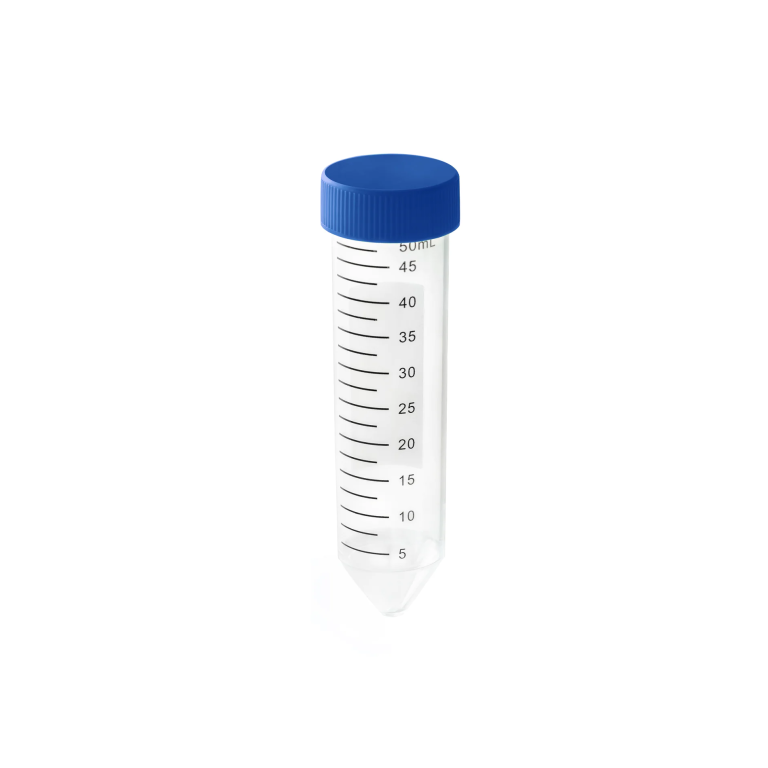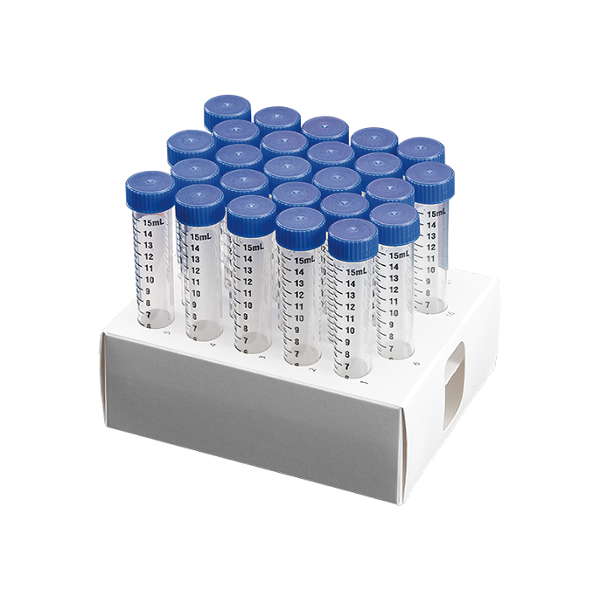Serological pipettes have some important uses in hematology laboratories:
– Diluting samples – They are commonly used to dilute blood samples and reagents for hematology testing. For example, diluting anticoagulated blood with a lysing solution when analyzing white blood cell differentials.
– Mixing reagents – Serological pipettes are useful for measuring and mixing reagents for hematology staining procedures like Wright’s or Giemsa stain.
– Plasma/serum separation – They can be used to carefully pipette off plasma or serum after centrifugation to isolate it from the cellular components.
– Sample transfer – Serological pipettes enable quick and easy transfer of measured volumes of blood, plasma, or other hematology samples between tubes for testing.
– Making blood smears – The pipettes can be used to place a drop of blood on a slide when making a peripheral blood smear. The angled tip allows the spreading of the blood evenly.
– Adding RBC lysing solutions – In some hematology analyzers serological pipettes are used to add the proper amount of RBC lysing solution to samples prior to analysis.
– Diluting hemoglobin – They are ideal for accurately diluting hemoglobin samples prior to measuring on a hemoglobinometer.
So in hematology, serological pipettes are simple but useful tools for proper sample preparation and handling as well as efficient reagent mixing and transfer. Their range of 1-10 ml matches well with typical blood sample volumes.


